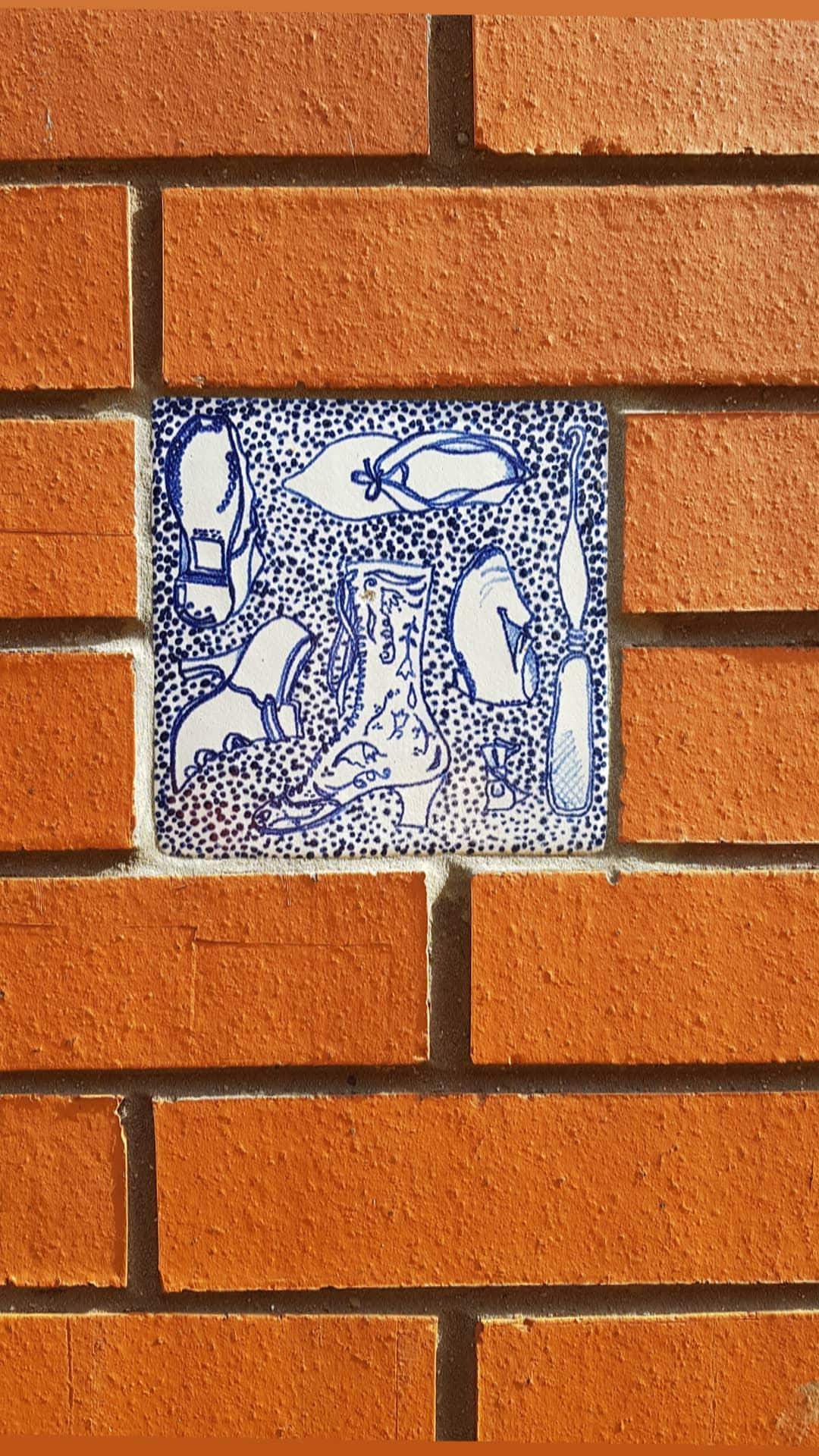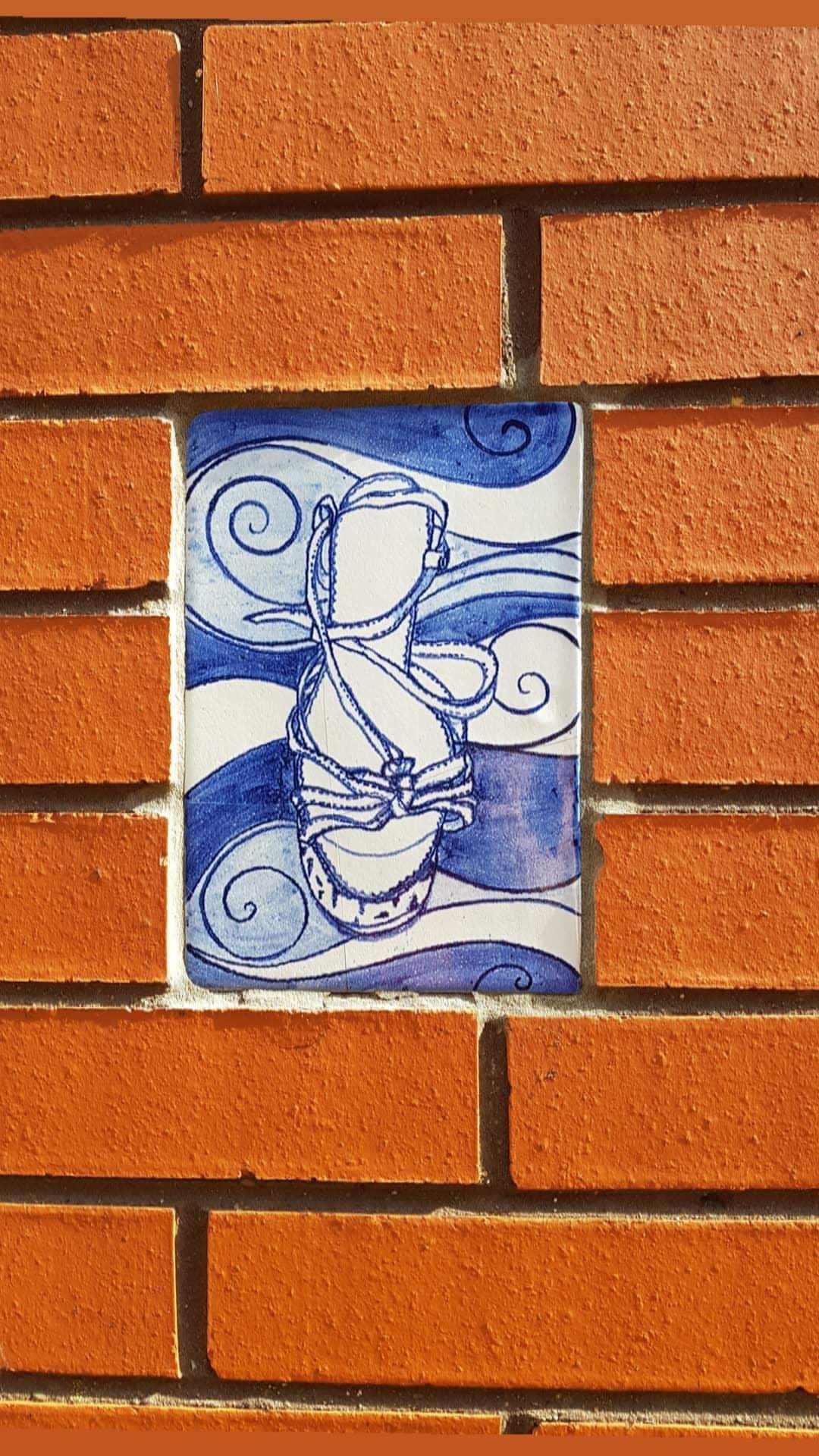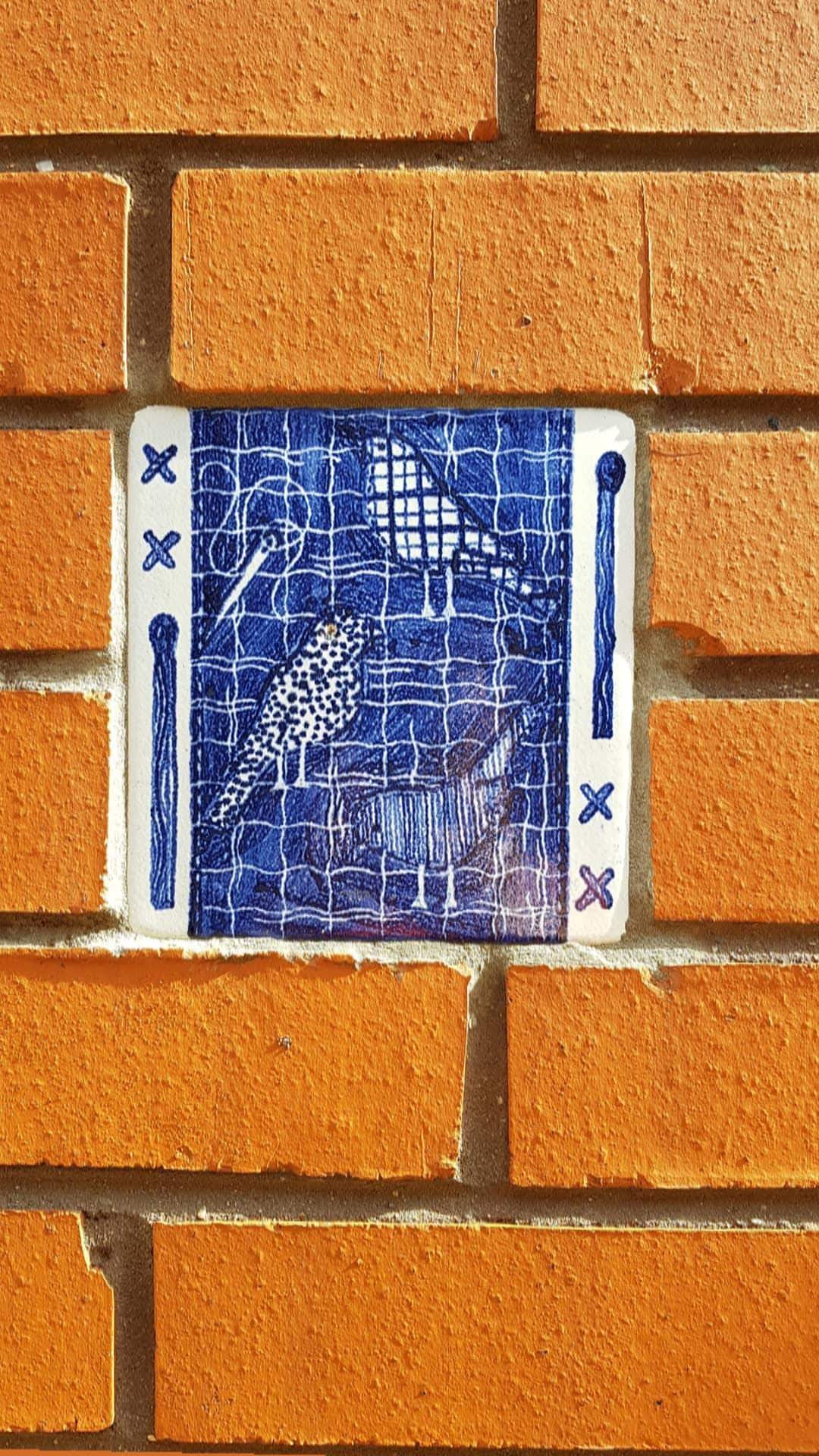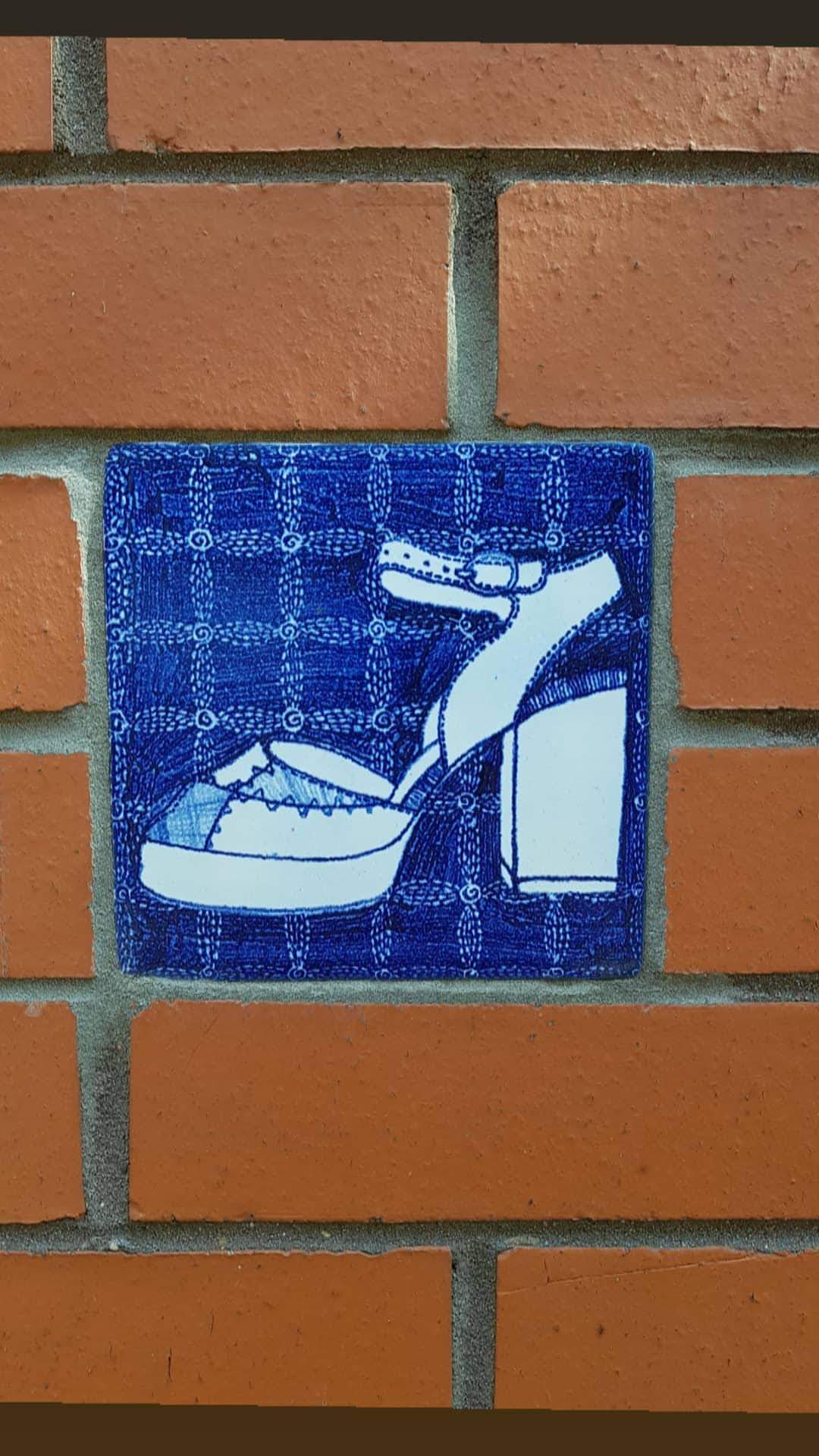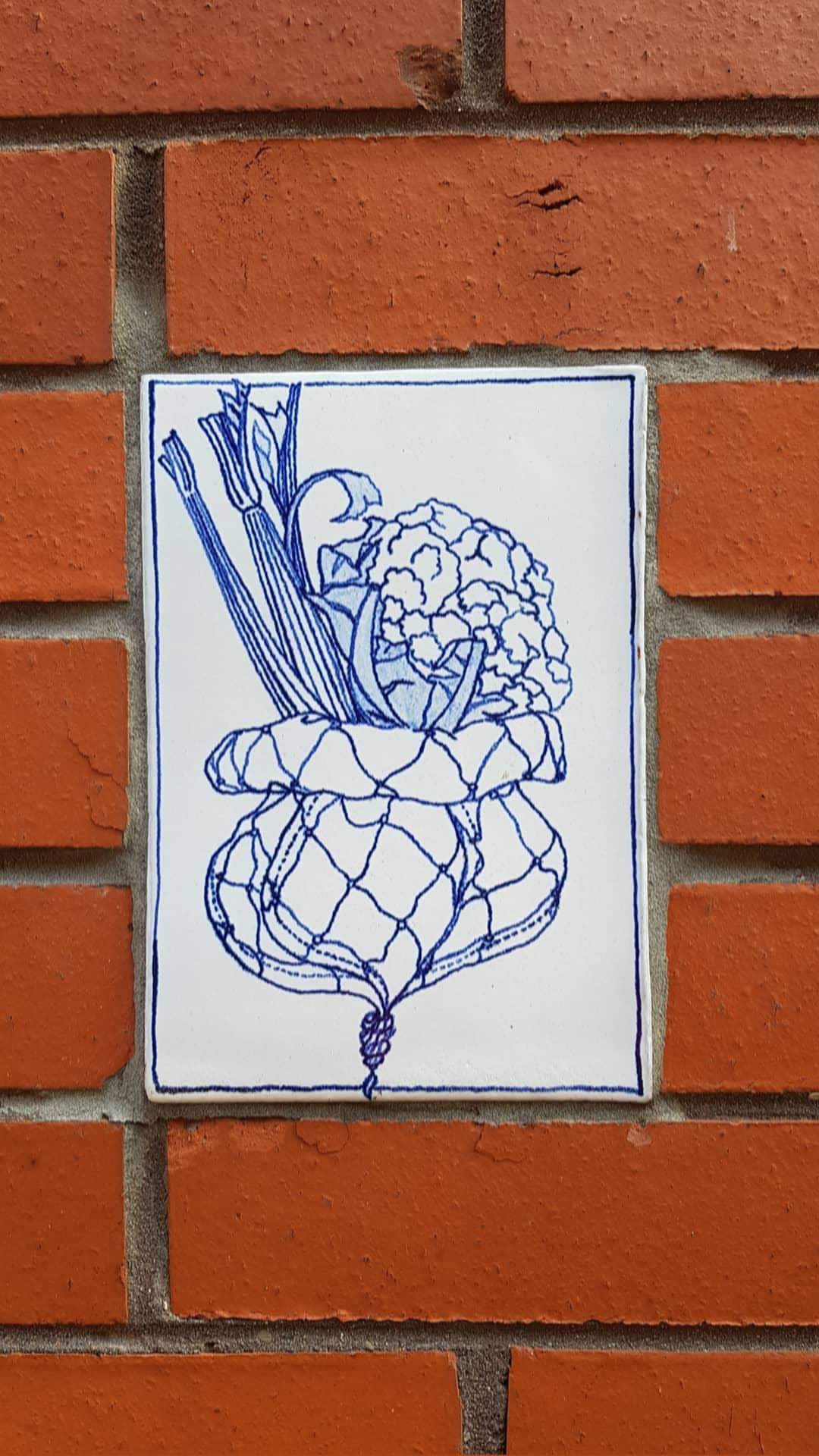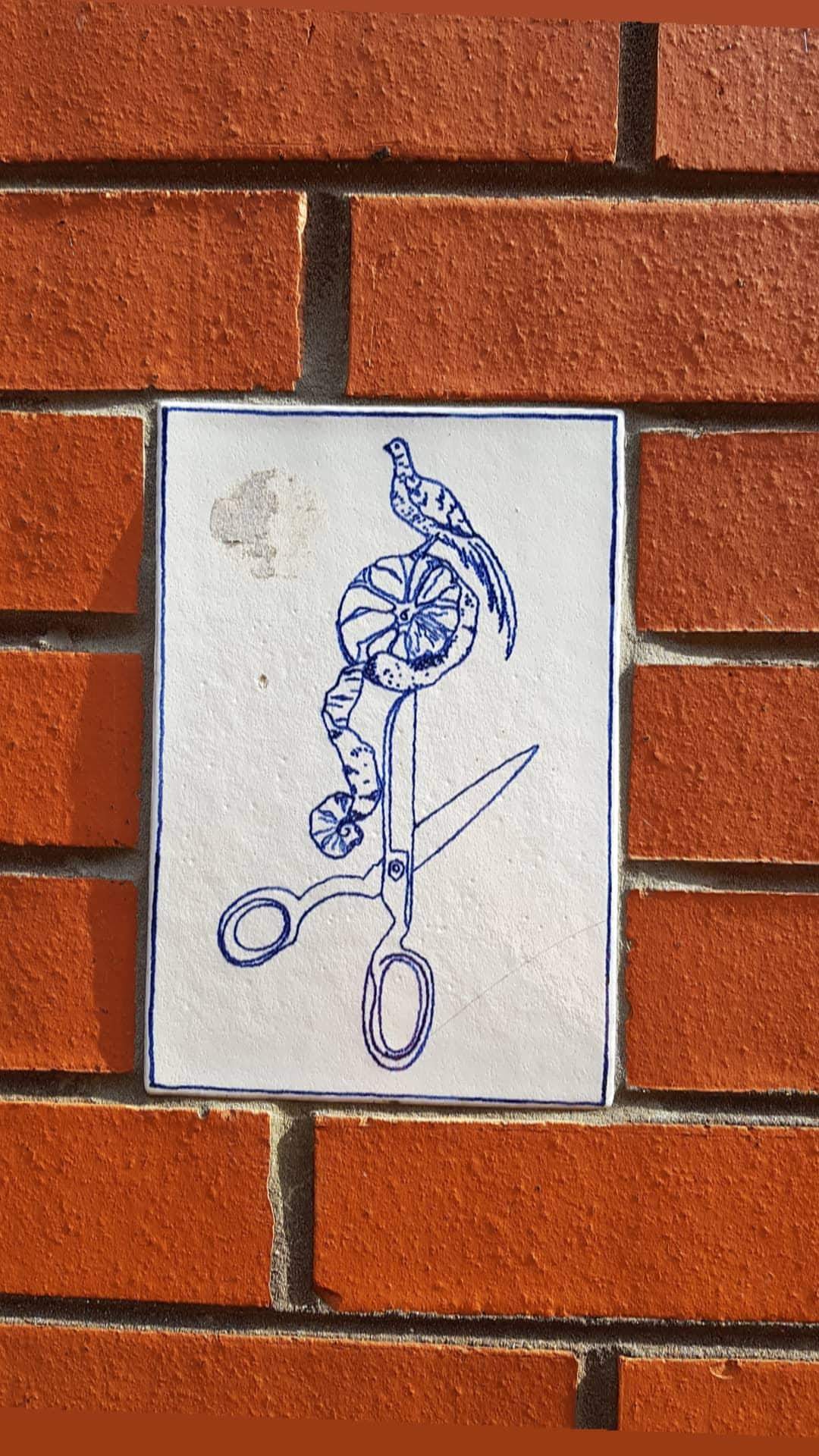MAKE DO MEND
WORDS AND IMAGES Hayley Flynn
Nomad Clan’s latest Manchester mural, and the rag trade of the city
Make Do Mend by Nomad Clan is the latest mural in the Northern Quarter and it replaces another piece by the duo painted for Cities of Hope in 2016. Make Do Mend reflects on the area's rag trade.
Most of the Northern Quarter was originally built to meet demand, so one street would go up when an existing one was full, with no real masterplan other than to keep supplying more streets piecemeal. The first streets built in the fashion were Church Street, Turner Street, Union Street and Birchin Lane. English Heritage describe the area’s streets and buildings: ‘In the Northern Quarter, brick-built Georgian artisans’ houses, complete with purpose-built top-floor workshops, rub shoulders with multi-storeyed steel-framed Edwardian textile warehouses, Victorian pubs, markets and commercial chambers, and 20th century department stores.”
The majority of the earliest buildings were weavers cottages (also known as artisans’ houses), Back Turner Street was almost entirely cottages like this, and as industry became mechanised more industrial scale mills and warehouses popped up.
Back Turner Street, 2018
That same building, 1918. M Chapman and Sons - velvet specialist
The city's highest density of listed buildings are in the Northern Quarter, so these cottages can be spotted all over the area - look for four panels of glass in one window as a way to identify them (this would have been the ‘loomshop’ or workshop) as the windows allowed for a decent amount of light to work by. Or you can look for the more obvious external door above ground level - a "taking in" in door to raise and lower goods, though there is far fewer of these to be found.
Lace, jute (for sacks), shoes and buttons were all popular handcrafted items in the city and if you locate the work of ceramic artist Liz Scrine from the late 90s dotted mostly around the Manchester Craft and Design Centre you can find her tributes to these makers on a variety of hand-painted tiles.
As the industry became mechanised and houses were converted into pubs like The Kings Arms (now The City) and The Castle. Most of the remaining rag trade in the city centre is run by 2nd and 3rd generation Lebanese communities, Albert Jones Textiles on Richmond Street in the gay village is perhaps the only warehouse unchanged in structure and usage as it is still occupied as a shirt warehouse. One of the only buildings to be actively weaving in the city centre until recently an operation in the basement of Sackville Building where bulletproof vest were being engineered.
Albert Jones on Richmond Street
The Molly House mural that started it all
Joy Gilleard (Cbloxxx) and Hayley Garner (AYLO) form Nomad Clan, and are the only lesbian couple painting together as a duo.
They met whilst working on the mural on the side of The Molly House and much of their work features strong female figures, with an emphasis on creating pieces for charity and for the queer community.
Make Do Mend is part of the regeneration of Hilton House, a Richard Seifert building featuring an original internal fish pond.








